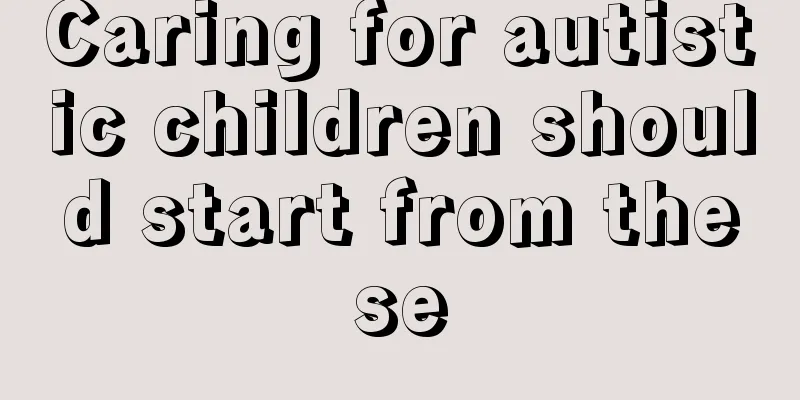Simple method to judge the symptoms of bone fracture in children

|
Children are lively and active by nature. While parents encourage their children to be more active, they should also pay attention to their safety. Children's bones are relatively fragile and are more prone to fractures during activities. At the same time, because children's responses to pain and symptoms are unclear, fractures are often misdiagnosed or treatment is delayed. So is there any simple way to determine the symptoms of bone fractures in children? For a long time, people tend to think that children are just a miniature of adults, just smaller in size and lighter in weight, with no other differences. They often apply the viewpoints of adult orthopedics to treat them, but ignore an important issue, that is, children are constantly growing and developing, and their anatomical structure, physiological function and biomechanical properties are constantly changing, which is different from that of adult bones. Most fractures in children are traumatic fractures. After a fall, if the pain is unbearable, the limbs cannot move freely, some functions are missing or completely lost, or there is obvious swelling or color change in the local area of the injury, it may be a fracture. Parents should also pay attention to the injury site. After the fracture segment is displaced, the shape of the injured body part may change and unique deformities may appear; abnormal and abnormal activities may occur in non-joint parts of the limbs after the fracture; when the fracture ends touch and rub against each other, bone friction sounds can be heard or bone friction can be felt. It is worth noting that when one of these symptoms occurs, the child should be judged to be at risk of fracture. However, a fracture may occur without these symptoms. For example, when there is soft tissue embedded between the fracture ends, there may be no bone crepitus or bone friction sensation. Parents should be careful during the examination and should not intentionally shake the affected limb to find the cause, so as not to increase the patient's pain, or cause the sharp fracture ends to damage blood vessels, nerves and other soft tissues, or cause impacted fractures to loosen and shift, so as to prevent the condition from becoming more serious or even endangering the child's life. When sending children to the hospital, be careful to move gently and steadily. If the fracture is in the waist, chest, back or ribs, do not carry or hold the child to move. |
<<: The cause of vitiligo in children is related to genetics
>>: Should children be spanked if they don't listen?
Recommend
What are the medicines for strengthening the spleen and stomach of children?
A child's body is constantly changing, and if...
What should I do if my child has prickly heat on his forehead?
Children often suffer from various diseases becau...
What to do if your child has crossbite
Most people notice this dental abnormality during...
Pseudomyopia in primary school students
Nowadays, more and more teenagers are starting to...
What's wrong with the scalp of the child?
Children's skin looks much more delicate than...
What are the guidelines for resuscitation of neonatal asphyxia?
When hearing the words “Neonatal Asphyxia Resusci...
Eight month old baby always sticks out tongue
As babies grow up, they will always stick out the...
Treatment of cough and nasal congestion in children
I don’t know if you have ever encountered childre...
What harm does fluorescent agent have on babies?
When it comes to fluorescent agents, many people ...
What to do if your child can't sleep well
The healthy growth of children is a topic that ev...
What should I do if my child's tooth falls out and bleeds?
When they are around eight years old, many childr...
How to change infant formula
Nowadays, milk powder seems to have become a must...
Is it okay for a baby to take a bath every day?
Nowadays, many families have only one child, so t...
Why do children cry at night?
Children are the best gift God has given to every...
Reasons for red ears in babies
The baby's health is the most important. Gene...









